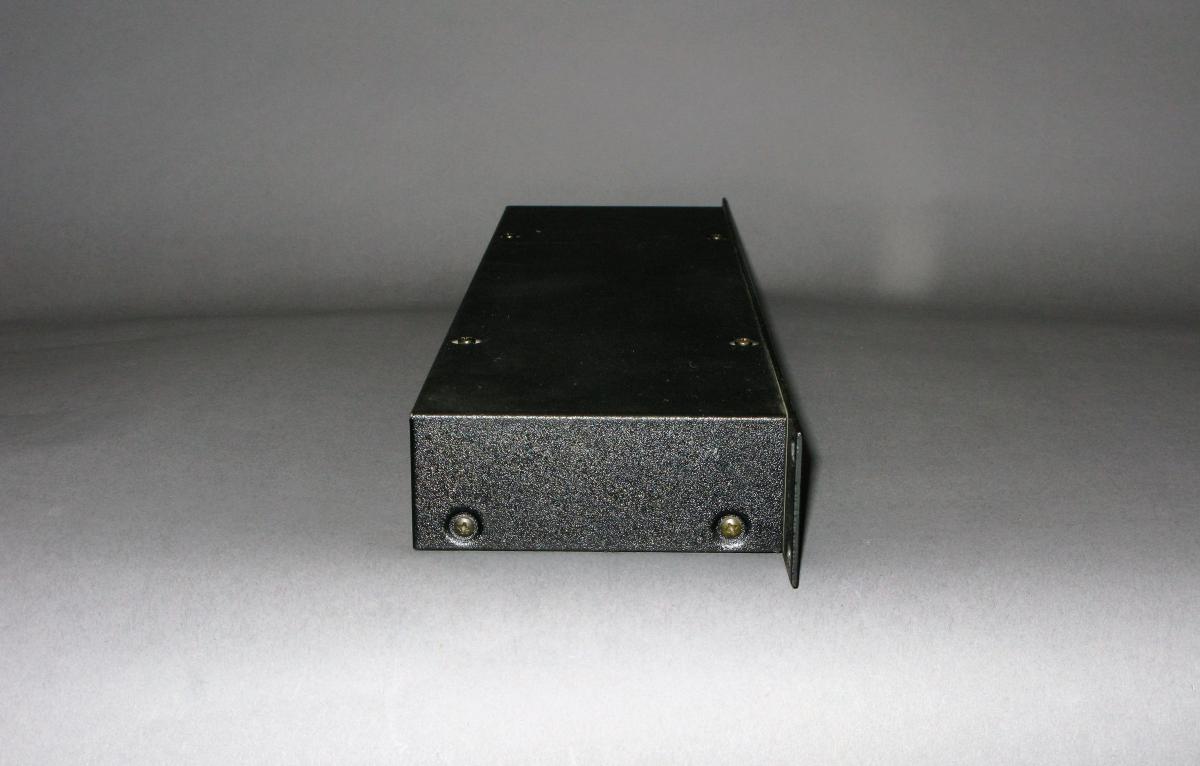
#MIDI PATCHBAY RACK PATCH#
Some sort of automated patch bay becomes almost required. The problem is that the more devices you have, the more un-plugging and re-plugging of MIDI cables is required to manage all the equipment. But back in the 1990’s, it was like magic, and no-one complained that they needed two cables for this type of two-way communication. I realize as I write this that it all sounds archaic these days, when we have digital bi-directional comms over a single USB connector, let alone Ethernet and WiFi. Some manufacturers combined the THRU and OUT connectors. In fact, later keyboards and modules included a third port, a MIDI THRU that would re-transmit incoming MIDI signals to the next device in a chain, allowing layering and multi-timbral setups. This allows more than one device in a MIDI chain. So if you connect a MIDI cable between two devices, a device listening on channel 1 won’t respond to any messages assigned to channels 2-16. MIDI messages are assigned a “channel” between 1 and 16. The computer requests data the module sends it the computer sends more data. From the computer OUT to the module IN and also from the module OUT to the computer IN.
#MIDI PATCHBAY RACK SOFTWARE#
We had PC software that allowed us to perform patch librarian tasks using MIDI (called System Exclusive or SYSEX) on many of the devices but it requires bi-directional data transfer between the sound module and the computer, and signals in a single MIDI cable only go one way: You need two cables connecting the In and Out ports. Shortly after that, we found a Roland MIDI Interface (MPU-401?) for our PC, and started recording MIDI sequences into a copy of Passport Software’s Master Tracks Pro. Also, you could send notes from the Jupiter to the Akai devices over MIDI, so long as you set the rack to listen on MIDI Channel 1 or 2. It was soon followed by an Akai sampling keyboard and synthesizer rack module, which worked very well together when connected with MIDI cables. It had some DIN ports – In and Out – on the back for something called MIDI. It certainly wasn’t the first piece of kit I ever bought – that honor goes to a second-hand Roland Jupiter 6 back in 1988. I can not remember when I acquired the Roland A-880 MIDI Patch Bay. I can't imagine ever going without it again.Fig 1.

Still, you're getting a reliable device built to work, and built to last. competitor patchbays that actually allow you to change the routing directly from the front panel are very, very out of my pricerange, but this guys fits the bill perfectly, albeit still is a little more than I would have liked to pay. My only gripe would be the price, something that all patch bays unfortunately are affected by. There is a successor by Edirol, the U-880, which I believe is identical except it has flash memory (this A-880 needs a battery for memory functions) and an additional USB port for computer use. The A880 has an internal memory allowing you to write different configurations into a bank that can be recalled with program changes over MIDI, this is extremely appreciated in a setup where I'm using everything but want to focus only on specific instruments at a time.

This meets that with outstanding results. I needed a patchbay that could be entirely controlled and redirected without a computer.


 0 kommentar(er)
0 kommentar(er)
